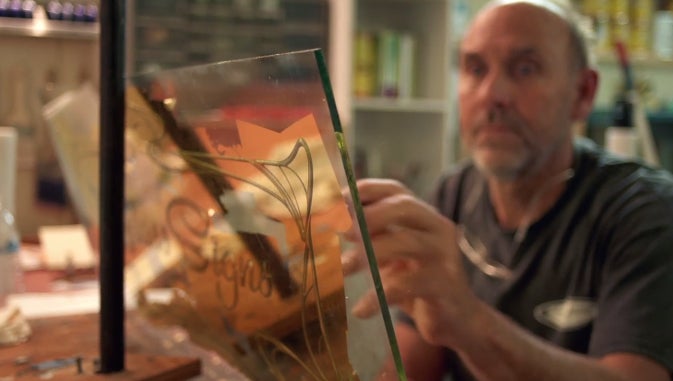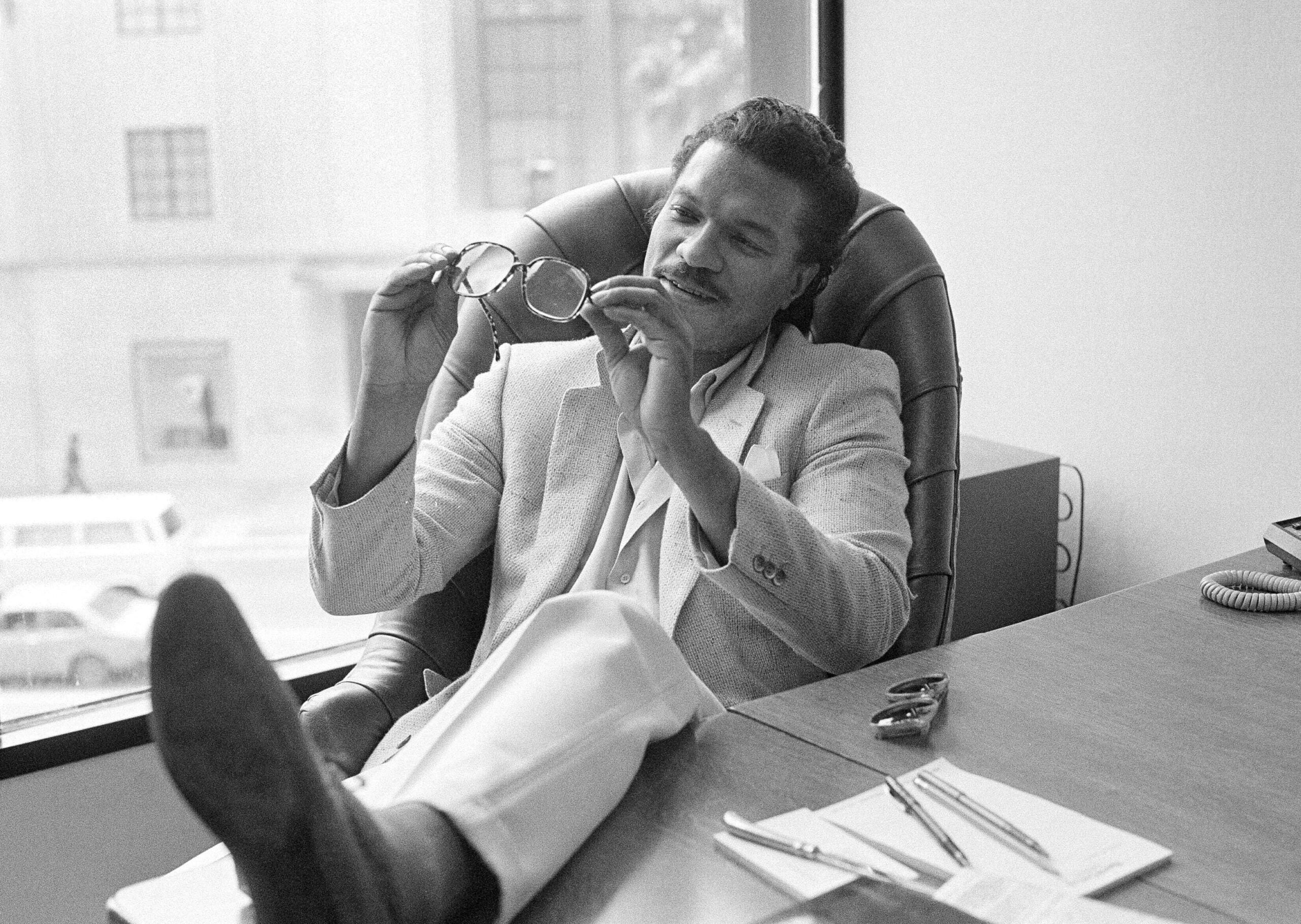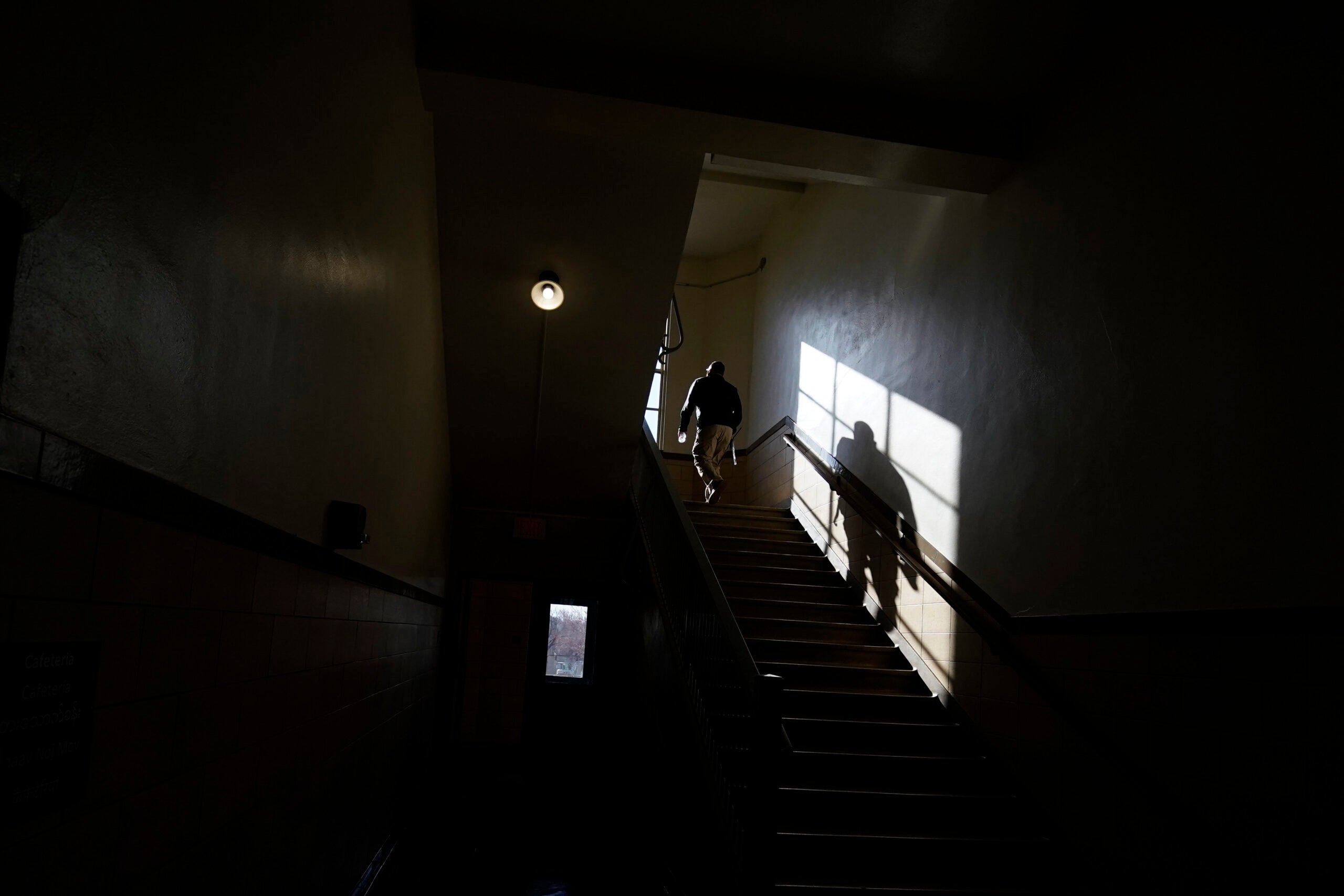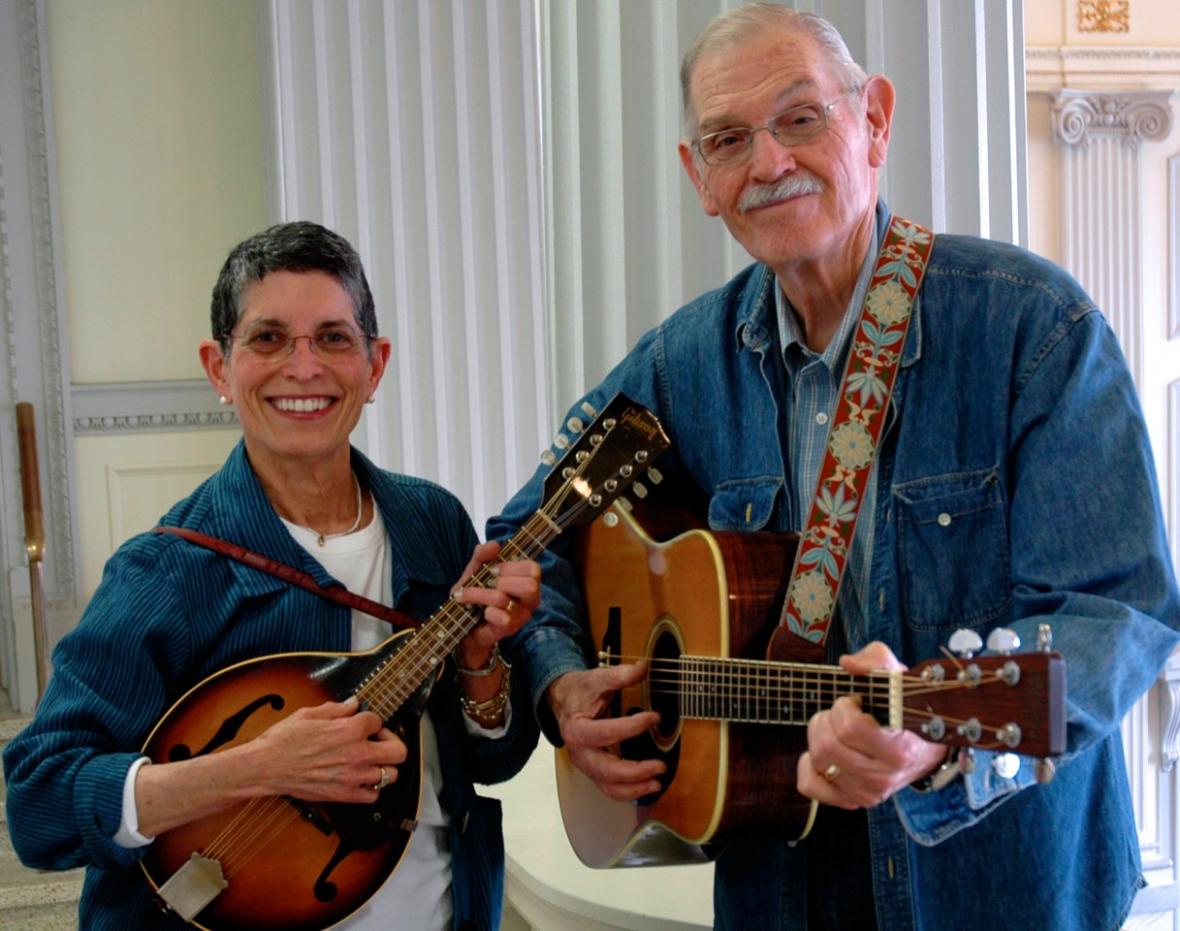Wisconsin native Sam Macon and his friend Faythe Levine are the creators of the documentary “Sign Painters,” which celebrates the craft of hand-painted signage, and the people who still do it.
TB: Anything that’s “vintage” or “retro” seems to be pretty popular today. Was that the inspiration for this movie?
FL: That was actually the thing that we were trying to avoid. Although we are both conscious of the fact of people’s general interest in process…
Stay informed on the latest news
Sign up for WPR’s email newsletter.
SM: Older methods, or time-tested methods. You know, it’s certainly there, and we probably hoped to benefit from that, but we very conscientiously began this project with the express intent to not create something that was too overly retro-fetishized, and too romantic in the old violin and banjo sense.
TB: I’m glad you mentioned that, because a lot of these practitioners, they don’t view themselves terribly romantically. They see themselves as just people doing a job.
FL: They’re tradespeople.
SM: Right. You’ve got a big company like Colossal in New York, who do the large wall signs. They’re not doing it because it’s cute, they’re doing it because they literally believe it’s the best way to make a sign on this scale, and in those environments.
TB: That’s a good point. I would think that in some cases, it is more effective than a stamped vinyl sign, or a computer-printed sign.
FL: Yeah. There’s that element, and then there’s also the conversation about permanence, and an investment in your business, or your façade, or…
SM: Your fleet of trucks, or what have you. The idea of making something to last.
FL: You can drive through any small town, or even in a large city, and see what would be called a ghost sign, and you notice that a pack of gum used to cost five cents, or that building that’s a loft space now used to house a shoe factory. There are these conversations to be had, and these memories that exist in that history – and the history of today not existing in the future, because of the impermanence of vinyl signage is an important one to talk about.
TB: I suppose you gave a lot of conscious thought to doing justice to the work you were depicting.
SM: We wanted to make sure if we were going to communicate lettering, (when we showed) someone’s name, or the city in which they lived, we had people hand-letter those, basically as small signs or show cards. Then we would photograph those and incorporate them into the film. So we weren’t making a film heralding the independent hand brush work, and then put Helvetica in the corner, saying the person’s name.
You can see more of Faythe and Sam, and watch “Sign Painters” on “Director’s Cut,” on Friday at 10 pm on Wisconsin Public Television.
Wisconsin Public Radio, © Copyright 2024, Board of Regents of the University of Wisconsin System and Wisconsin Educational Communications Board.





